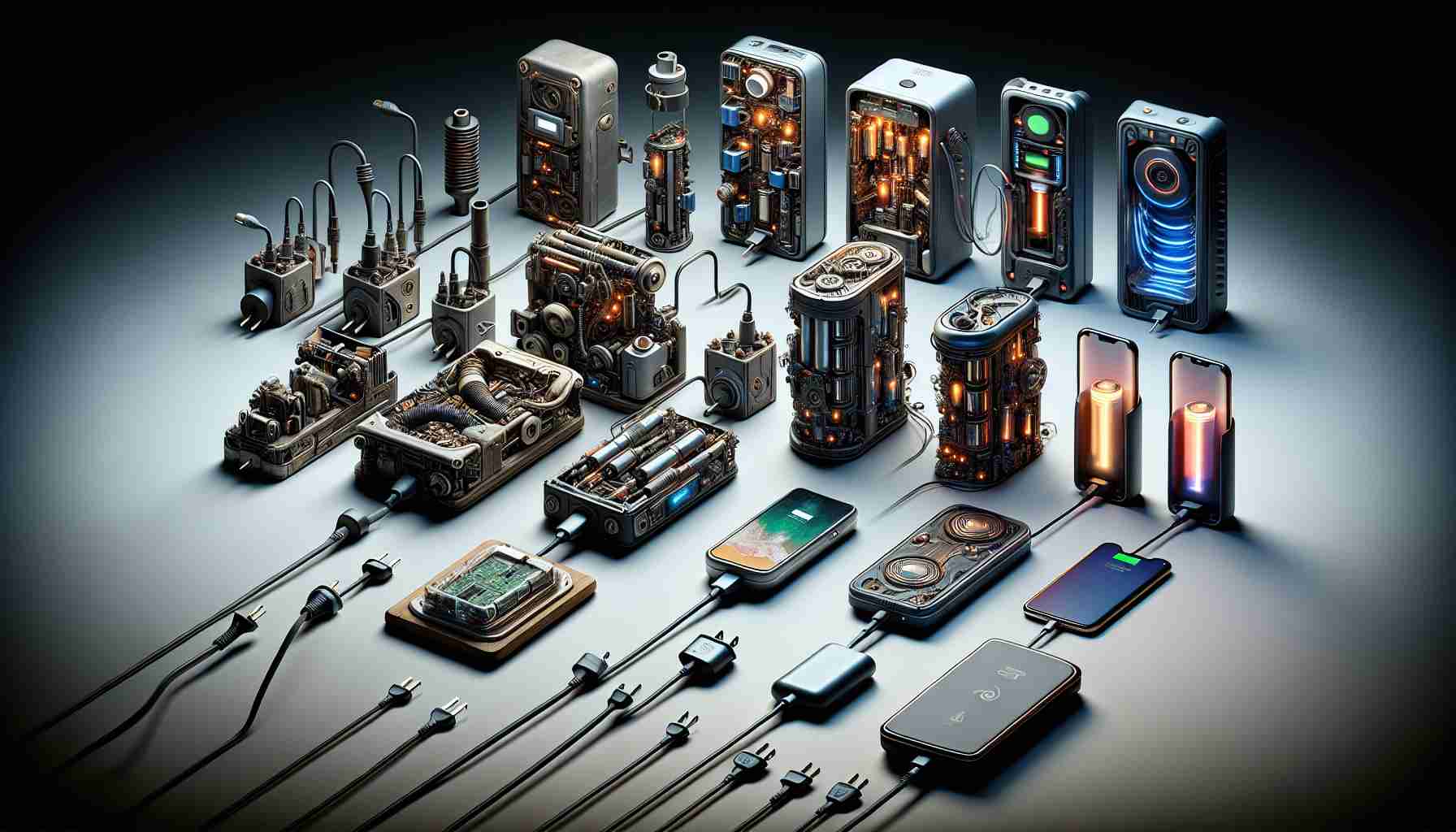New charging technologies have revolutionized the way we power our devices. No longer limited by slow charging speeds, the latest chargers offer rapid power-ups for all your gadgets. From smartphones to laptops, these chargers ensure you stay connected throughout the day.
Fast charging has become a must-have feature for modern devices. Thanks to advancements like the USB Power Delivery standard, you can now charge multiple devices at lightning speed. With charging speeds reaching up to 240W, these chargers are versatile enough to power a wide range of electronics.
Apple users, in particular, benefit from Power Delivery fast charging. Starting from the iPhone 13 series, these devices support fast charging of at least 20W, with some models achieving even faster speeds. With the ability to recharge your phone up to 80% in just an hour, you can rely on your iPhone all day long.
The market is flooded with a diverse range of chargers that support Power Delivery. From single-port plugs to multi-port adapters and even car chargers, the options are endless. Experts have rigorously tested these chargers to present you with the best choices, ensuring you get the most efficient charging experience.
When shopping for the best charger for your iPhone, prioritize USB-C Power Delivery chargers for optimal performance. While some chargers may feature USB-A ports, the USB-C port guarantees the fastest and most effective charging for your devices. Upgrade to the latest charging technology and never run out of power again.
Additional Relevant Facts:
– Wireless charging technology, which eliminates the need for physical cables, has gained popularity in recent years. Devices like smartphones and smartwatches can be charged simply by placing them on a compatible charging pad.
– Some charging technologies, such as Qualcomm Quick Charge and Samsung Adaptive Fast Charging, are specific to certain brands or devices. These technologies aim to provide quick and efficient charging tailored to the requirements of those products.
– Solar charging technology allows devices to be powered by harnessing energy from sunlight. Solar chargers are especially useful for outdoor activities and emergencies when traditional power sources are not accessible.
Key Questions:
1. How does fast charging technology impact the lifespan of device batteries?
2. What safety measures are in place to prevent overheating and other risks associated with fast charging?
3. Are there compatibility issues between different fast charging standards, and how can consumers navigate these issues when choosing chargers?
Advantages:
– Fast charging technology reduces the time needed to power up devices, increasing convenience for users who are always on the go.
– USB Power Delivery chargers are versatile and can charge multiple devices with varying power requirements, eliminating the need for separate chargers.
– The efficiency of fast charging helps in conserving energy and reducing overall electricity consumption.
Disadvantages:
– Some fast charging technologies may generate more heat during charging, which can potentially affect device performance or longevity.
– Rapid charging speeds may lead to faster battery degradation over time, requiring users to replace batteries more frequently.
– The wide range of charging standards and technologies available can create confusion for consumers when selecting compatible chargers for their devices.
Suggested Related Links:
– Consumer Reports – Provides reviews and comparisons of charging technologies and products.
– Wired – Offers in-depth articles on the latest advancements in charging technology and their impact on consumer electronics.



